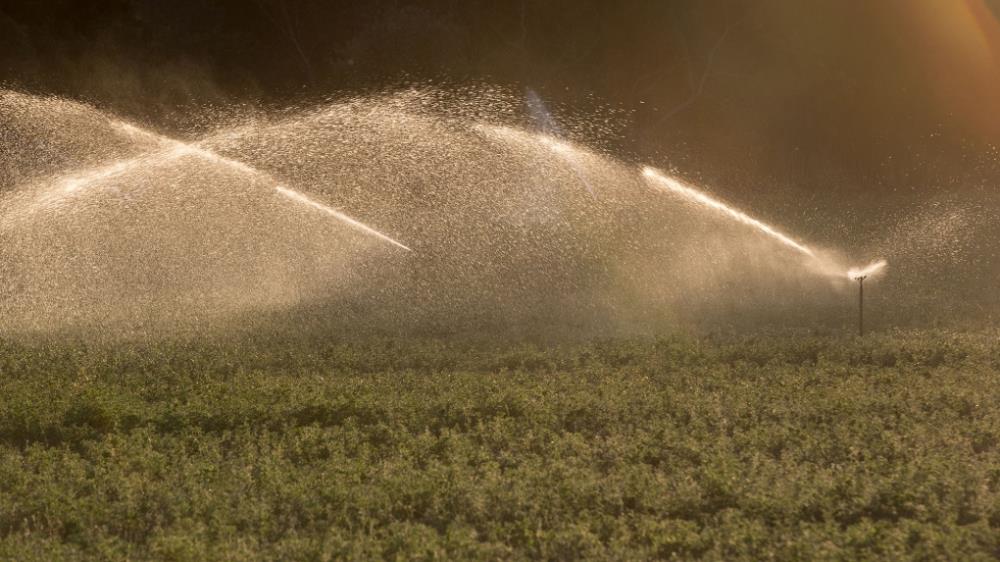
Related items loading ...
Section 1: Publication
Publication Type
Journal Article
Authorship
Erratt, Kevin J.; Creed, Irena F.; Lobb, David A.; Smol, John P.; Trick, Charles G.
Title
Climate change amplifies the risk of potentially toxigenic cyanobacteria
Year
2023
Publication Outlet
John Wiley & Sons, Ltd, Global Change Biology, Vol. 29, Iss. 18, 5240-5249
DOI
ISBN
ISSN
1354-1013
Citation
Erratt, Kevin J.; Creed, Irena F.; Lobb, David A.; Smol, John P.; Trick, Charles G. (2023) Climate change amplifies the risk of potentially toxigenic cyanobacteria, John Wiley & Sons, Ltd, Global Change Biology, Vol. 29, Iss. 18, 5240-5249,
https://doi.org/10.1111/gcb.16838
Abstract
Abstract Cyanobacterial blooms pose a significant threat to water security, with anthropogenic forcing being implicated as a key driver behind the recent upsurge and global expansion of cyanobacteria in modern times. The potential effects of land-use alterations and climate change can lead to complicated, less-predictable scenarios in cyanobacterial management, especially when forecasting cyanobacterial toxin risks. There is a growing need for further investigations into the specific stressors that stimulate cyanobacterial toxins, as well as resolving the uncertainty surrounding the historical or contemporary nature of cyanobacterial-associated risks. To address this gap, we employed a paleolimnological approach to reconstruct cyanobacterial abundance and microcystin-producing potential in temperate lakes situated along a human impact gradient. We identified breakpoints (i.e., points of abrupt change) in these time series and examined the impact of landscape and climatic properties on their occurrence. Our findings indicate that lakes subject to greater human influence exhibited an earlier onset of cyanobacterial biomass by 40 years compared to less-impacted lakes, with land-use change emerging as the dominant predictor. Moreover, microcystin-producing potential increased in both high- and low-impact lakes around the 1980s, with climate warming being the primary driver. Our findings chronicle the importance of climate change in increasing the risk of toxigenic cyanobacteria in freshwater resources.
Plain Language Summary
Section 2: Additional Information
Program Affiliations
Project Affiliations
Submitters
Publication Stage
Published
Theme
Presentation Format
Additional Information
Keywords: Anthropocene; climate change; cyanobacteria; freshwater; genetics; microcystins; paleolimnology; water quality


 GWFNet
GWFNet Master
Master Data
Data Research
Research Map
Map
 Advanced
Advanced Tools
Tools
 . . .
. . .
 Metadata Editor
Metadata Editor
 Record List
Record List
 Alias List Editor
Alias List Editor
 Legacy sites
Legacy sites